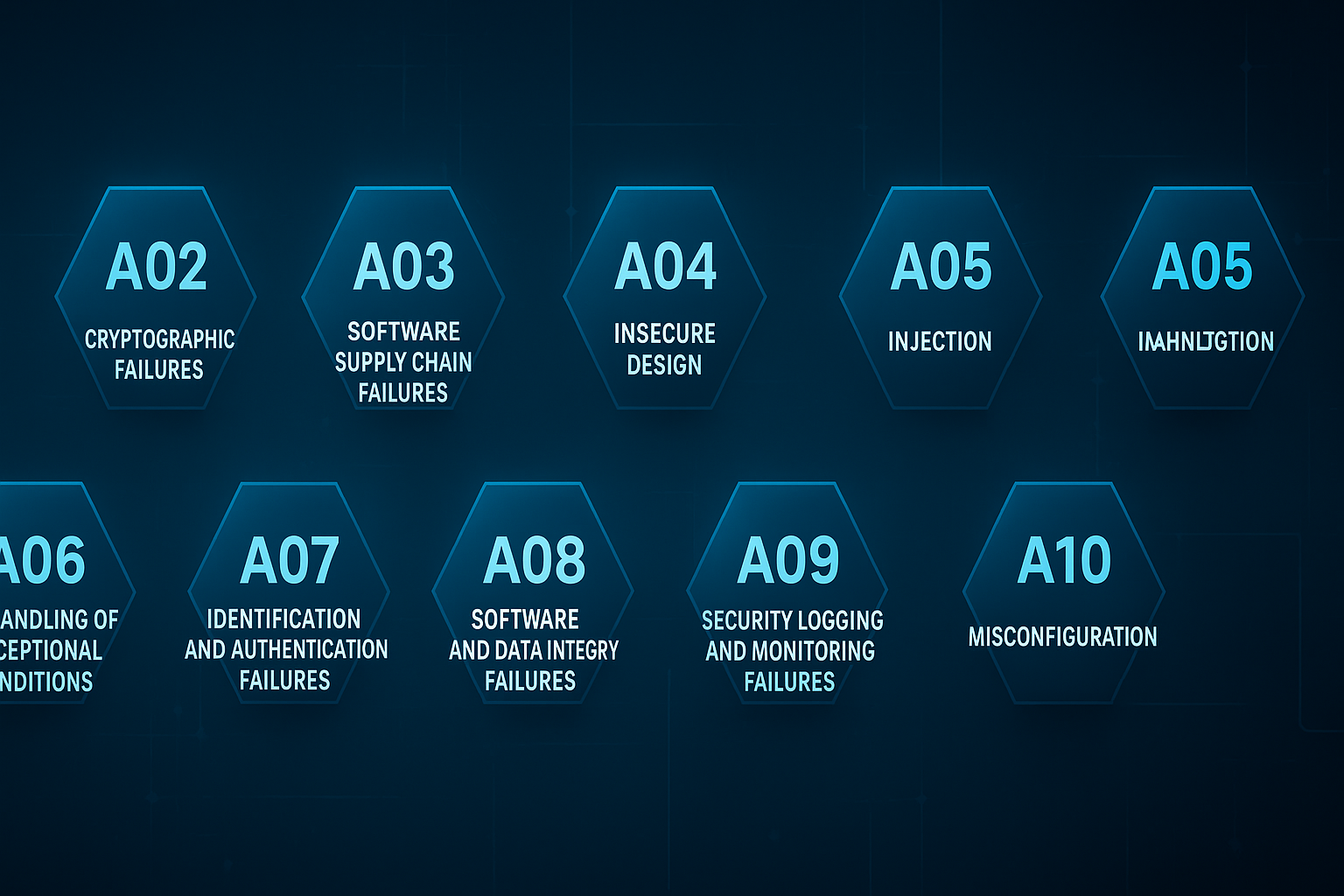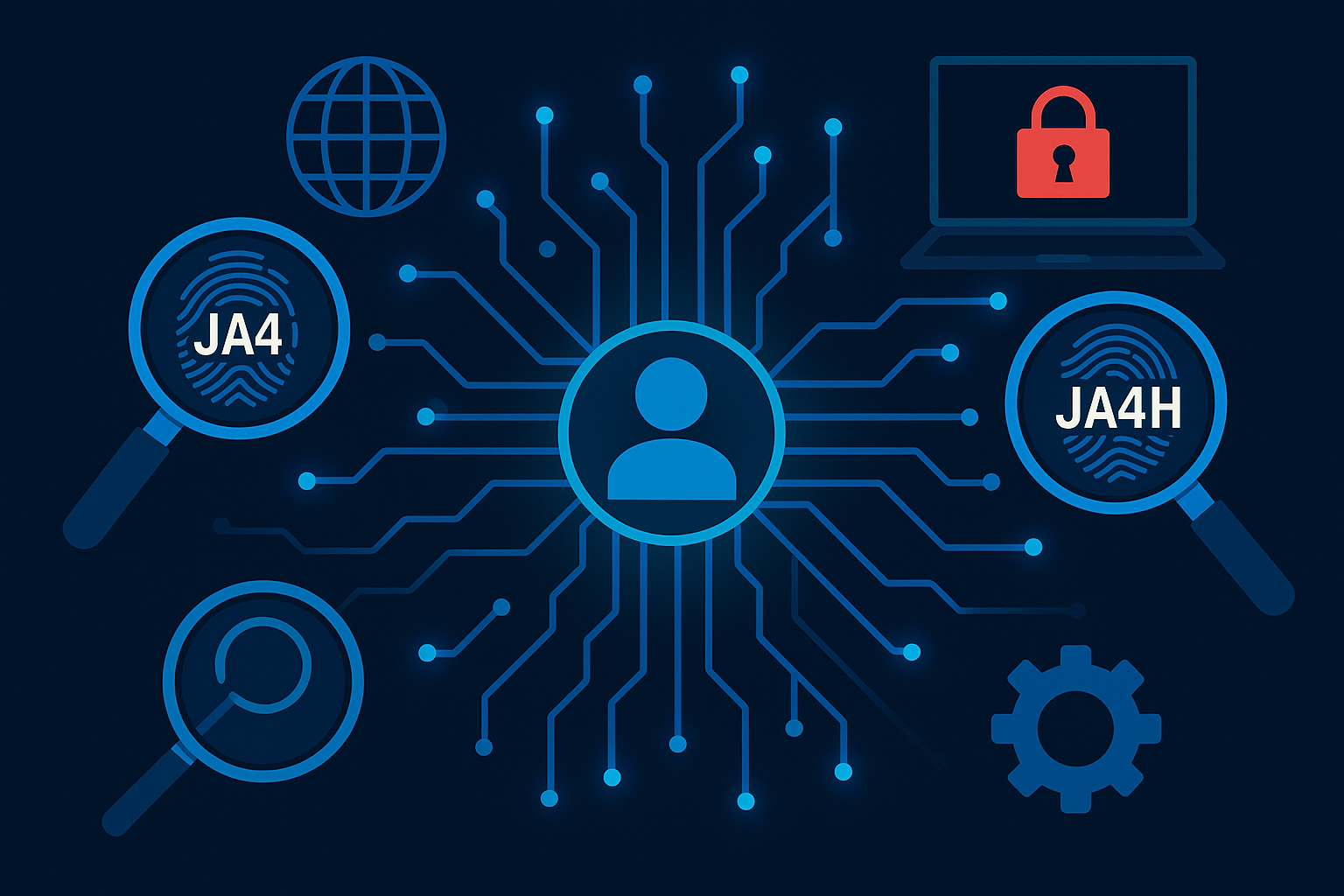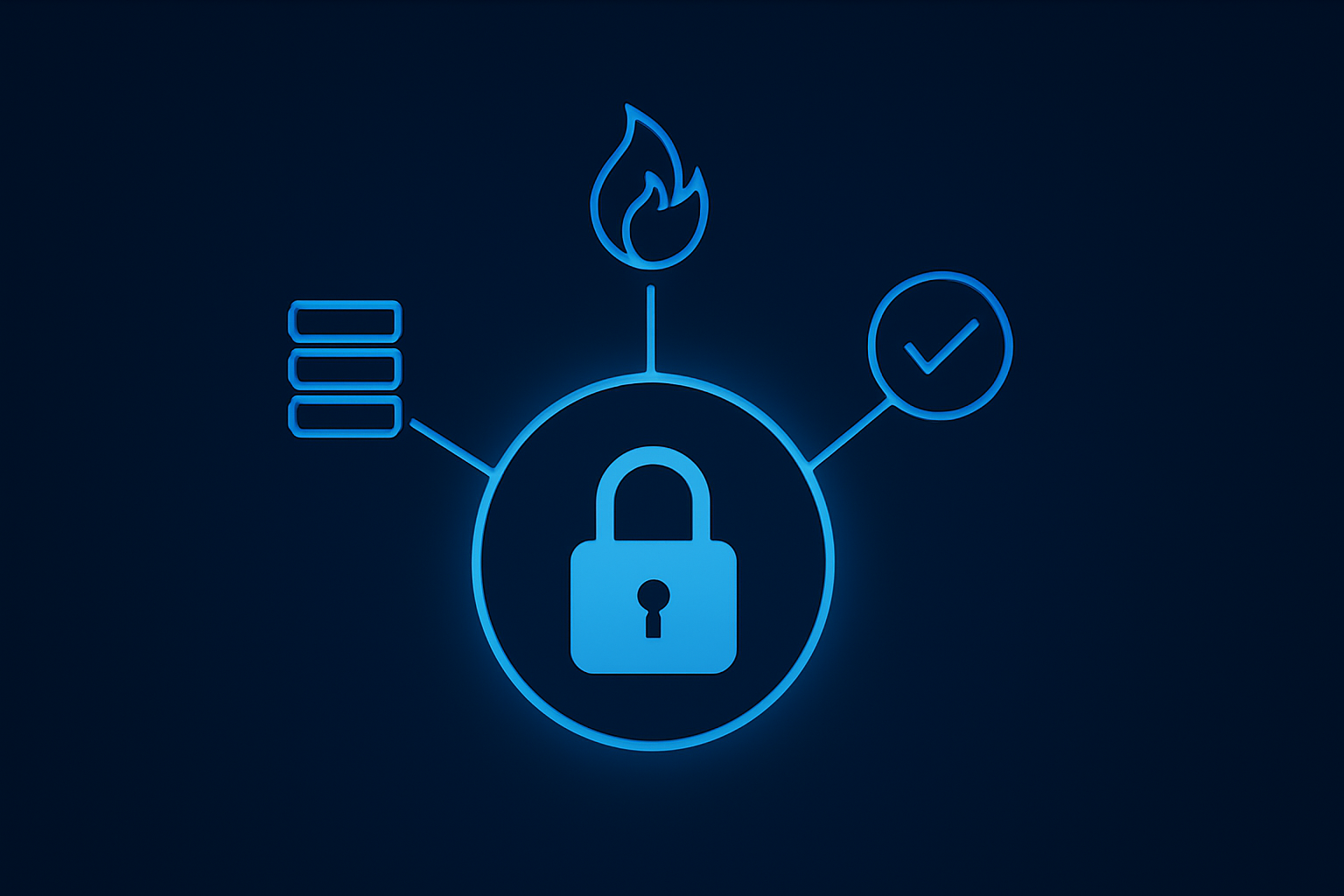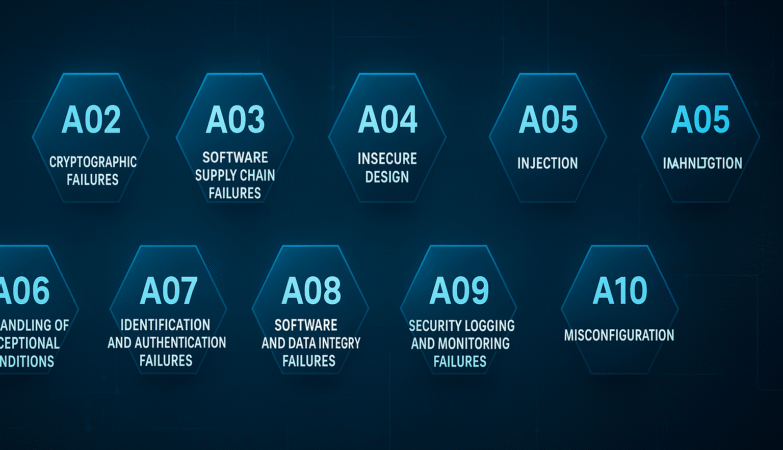🔍 Introduction
Every few years, OWASP publishes the Top 10 list — the world’s most trusted benchmark of web-application security risks.
The 2025 Release Candidate (RC1) reshapes the list, introducing two new categories, expanding the supply-chain scope, and emphasizing root causes over one-off vulnerabilities.
In this post, we’ll explore:
- The official OWASP Top 10 2025 (RC1) list
- Key differences from 2021 (the last official release)
- How these changes impact developers, testers, and defenders
- A practical checklist you can apply today
🧾 OWASP Top 10 — 2025 (Release Candidate 1)
📘 Source: OWASP Top 10 2025 RC1 Official Page
🧩 What’s New in 2025 (Compared to 2021)
- Software Supply Chain Failures (A03)
- Expands “Vulnerable and Outdated Components” to include build-system and dependency attacks.
- Mishandling of Exceptional Conditions (A10)
- A brand-new category covering fail-open logic, error handling, and unexpected state management.
- Security Misconfiguration (A02)
- Climbs in rank due to cloud and container ecosystems.
- SSRF has been folded under Broken Access Control (A01).
- The 2025 RC1 focuses on root causes rather than symptoms — highlighting design and process weaknesses as drivers of exploitable bugs.
🛠️ The 2025 Categories Explained (With Action Steps)
A01 — Broken Access Control
- Risk: Users access data or functions beyond their privilege level.
- Example: Unprotected API parameters lead to IDOR.
- Fix: Server-side authorization checks, deny by default, log privileged actions.
A02 — Security Misconfiguration
- Risk: Default credentials, open cloud storage, unnecessary features enabled.
- Fix: Harden configs, automate baseline IaC checks, disable debug modes.
A03 — Software Supply Chain Failures
- Risk: Compromised dependencies or build pipelines.
- Fix: Maintain SBOMs, sign artifacts, monitor CVEs, use SCA tools (Snyk, Dependency-Check).
A04 — Cryptographic Failures
- Risk: Weak or misused encryption/hashing.
- Fix: TLS everywhere, AES-256, Argon2/bcrypt for passwords, secure key storage.
A05 — Injection
- Risk: SQL/NoSQL/OS command injections.
- Fix: Parameterized queries, input whitelisting, context-based output encoding.
A06 — Insecure Design
- Risk: Flaws in architecture or threat modelling.
- Fix: Model threats early, apply least privilege and zero-trust design.
A07 — Authentication Failures
- Risk: Weak auth, no MFA, poor session management.
- Fix: Secure auth frameworks, rotate tokens, enforce MFA, cookie security flags.
A08 — Software or Data Integrity Failures
- Risk: Unsigned updates or tampered artifacts.
- Fix: Code-signing, hash verification, tight CI/CD permissions.
A09 — Logging & Alerting Failures
- Risk: Missing or ignored logs prevent breach detection.
- Fix: Central logging, SIEM alerts, retention and tamper-proof storage.
A10 — Mishandling of Exceptional Conditions
- Risk: Fail-open logic, unhandled errors, exceptional path flaws.
- Fix: “Fail securely”, test edge-cases, validate error flows and timeouts.
🧭 The Bigger Picture
- Root-cause focus: OWASP 2025 pushes security “left” into design and build phases.
- Supply chain awareness: Trust is the new attack surface — protect your toolchains as you protect your code.
- Observability: Logging & Alerting Failures remind us that detection is as vital as prevention.
- Resilience mindset: “Mishandling of Exceptional Conditions” urges developers to design for failure and chaos-scenarios.
✅ Quick OWASP 2025 Checklist
| Area | Check |
|---|---|
| Access Control | Verify authorization server-side, audit privileged actions |
| Configuration | Disable unused features, secure defaults, IaC validation |
| Supply Chain | Maintain SBOMs, update dependencies, sign builds |
| Crypto | TLS 1.3+, no hard-coded keys, modern hashes |
| Injection | Parameterize queries, sanitize inputs |
| Design | Perform threat modelling each sprint |
| Auth | MFA, token rotation, secure cookies |
| Integrity | Hash verify artifacts, protect CI/CD |
| Logging | Centralized logging + SIEM alerts |
| Exceptions | Test fail-open paths, graceful error handling |
🧠 For Readers & Developers on HackerVault
To make these concepts real, HackerVault will publish a 10-part series diving deep into each category — with storytelling, examples, and mitigation guides tailored for beginners + pros.
Stay tuned for:
- Real-world case studies (SQLi, Access Control bypass)
- WAF rules and query-string analysis for each OWASP class
- Secure design tips and DevSecOps integration
🔗 References
- OWASP Top 10 2025 Release Candidate — Official Introduction
- OWASP Top 10 2021 (Previous Official Release)
Frequently Asked Questions (FAQ)
Q1. What is the OWASP Top 10 2025?
The OWASP Top 10 2025 is the latest release candidate listing the most critical web application security risks identified by OWASP, including new categories like Software Supply Chain Failures and Mishandling of Exceptional Conditions.
Q2. How is OWASP Top 10 2025 different from 2021?
It adds two new categories, merges some older ones (like SSRF into Broken Access Control), and emphasizes root causes over specific vulnerabilities.
Q3. When will the final OWASP 2025 version be released?
The Release Candidate was published in late 2025; the final version is expected to follow after community review and feedback.
Q4. How can developers prepare for OWASP 2025?
Start adopting secure design practices, manage supply chain dependencies, enforce strong access control, and implement proper error handling.
🧩 Conclusion
The OWASP Top 10 2025 Release Candidate is not just another list — it’s a shift in mindset.
Security is now about design resilience, supply-chain trust, and observability as much as code quality.
By understanding these 10 risks and applying the checklist above, you can fortify your applications for 2025 and beyond.
→ Bookmark this page and follow HackerVault for our deep-dive series on each OWASP Top 10 category.









